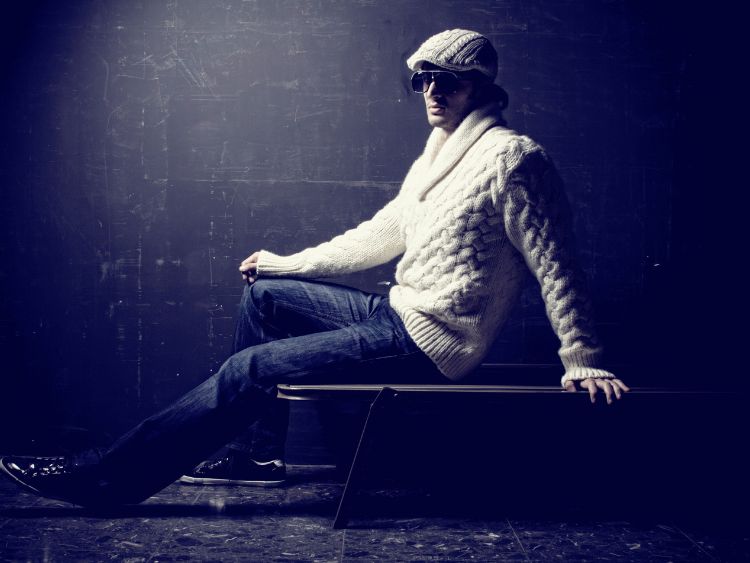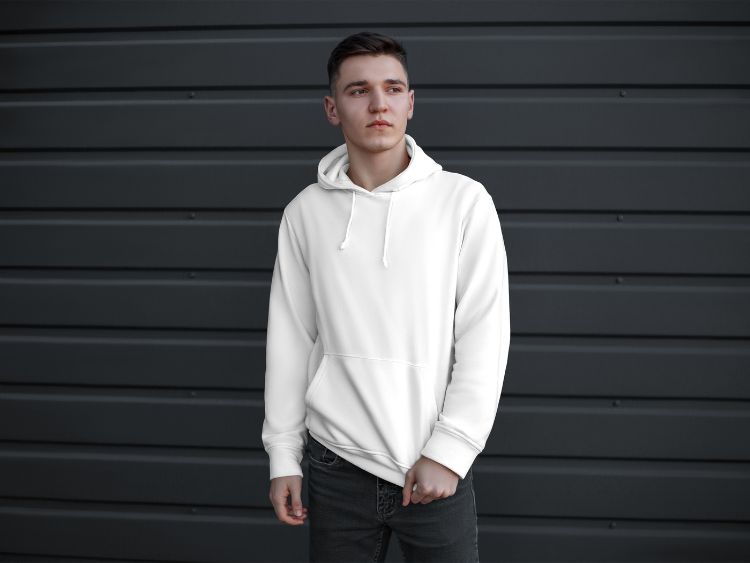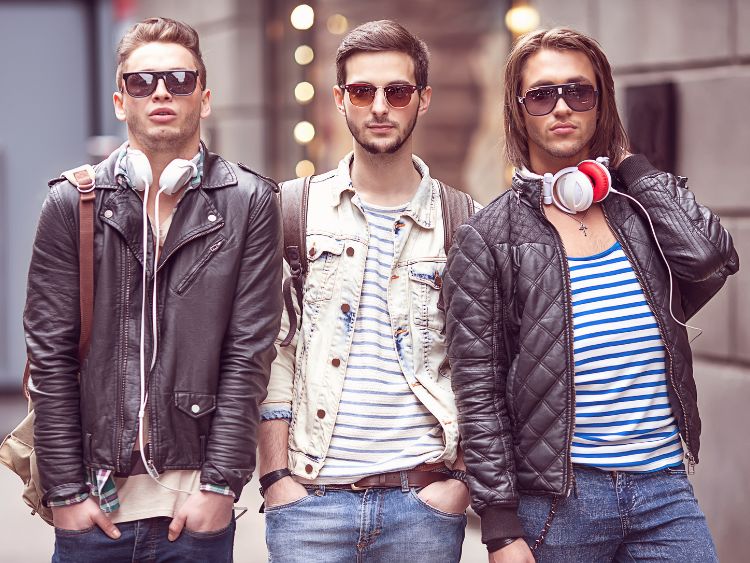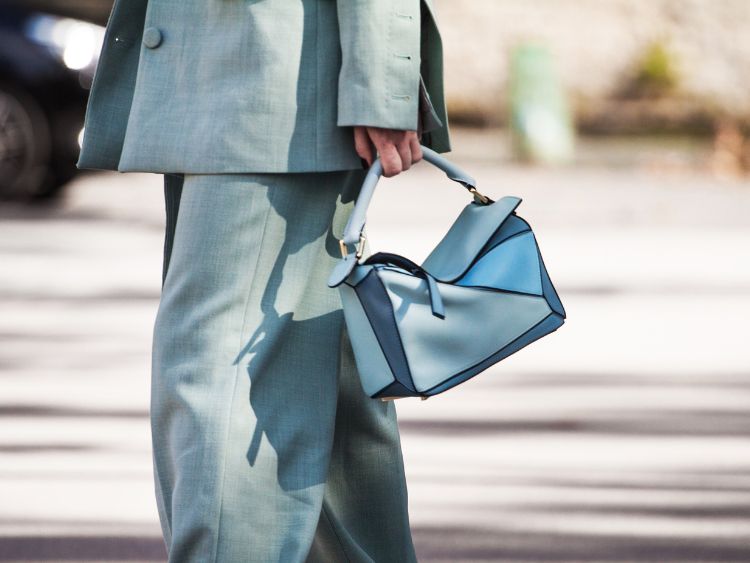The 1920s was an era of great change, and men’s fashion wasn’t left behind. After World War I, societal norms shifted, and with it, the way men dressed. The roaring twenties brought a sense of freedom and experimentation in style. From casual attire to formal wear, 1920s men’s fashion was all about embracing a new modernity while holding onto a touch of old-world charm. If you’ve ever wondered about the unique elements that defined men’s fashion in the 1920s, this guide will give you an engaging look into the styles that made men look dapper during this iconic decade.
The Rise of a New Era in Men’s Fashion
With the end of the war came a sense of liberation, and this was evident in how men dressed. The rigid, constraining outfits of the Edwardian era were replaced with more relaxed, comfortable clothes. Men were looking for freedom in every aspect of life, including their wardrobes. The 1920s saw a shift from formality to a more casual, yet still elegant, approach to dressing.
Gone were the heavily padded, stiff suits that restricted movement. Instead, men opted for lightweight fabrics, softer tailoring, and a less structured fit. Trousers became looser, jackets shorter, and accessories were more playful.
Key Elements of 1920s Men’s Fashion
When we think of 1920s men’s fashion, certain iconic pieces come to mind. Let’s break down some of the key clothing items that defined the look of the decade:
1. Suits: A Tailored Transformation
Suits were at the heart of men’s fashion in the 1920s, but they were far from the stiff, constricting suits of earlier years. Men embraced a more relaxed silhouette, with jackets that were shorter and less padded.
- Single-breasted suits were the most popular, often paired with high-waisted trousers.
- Wide lapels and tapered trousers became a trademark of the era.
- Colors varied, but pinstripes and plaid patterns were quite popular.
2. Trousers: A Roomy Affair
One of the most notable changes in 1920s men’s fashion was the move towards baggier trousers, also known as Oxford bags. These wide-leg pants were a bold statement of the times and became a staple in men’s wardrobes.
- These trousers were high-waisted, often worn with suspenders for a sharp, polished look.
- Men began to favor pleated trousers, which allowed for a more comfortable fit while still appearing stylish.
3. Shirts: Collared and Crisp
A well-dressed man in the 1920s always sported a clean, crisp shirt under his suit or vest. Dress shirts typically featured a stiff, detachable collar, which allowed men to wash their shirts without worrying about ruining the structure of the collar.
- Collars were often tall and pointed, sometimes even starched to maintain their shape.
- Shirts came in both solid colors and subtle patterns, like thin stripes.
4. Hats: Top It Off in Style
No 1920s ensemble was complete without the perfect hat. Hats were an essential part of men’s fashion, adding both flair and function to any outfit.
- The fedora was a popular choice for many men, exuding confidence and sophistication.
- For more casual outings, men might opt for a flat cap, often associated with the working class.
- Formal events called for the top hat, which remained a symbol of elegance and class.
5. Footwear: Fancy Foot Forward
Shoes were not just a practical accessory but a vital part of completing any look in the 1920s. Men wore two-tone shoes for both casual and formal occasions, particularly styles like brogues and oxfords.
- Leather shoes were polished to perfection, often in brown or black.
- Two-tone shoes, with black and white or brown and tan combinations, became quite trendy.
The Influence of Sports on Men’s Fashion
One interesting aspect of 1920s men’s fashion was the influence of sports. As leisure activities like golf, tennis, and boating gained popularity, so too did more relaxed, casual clothing styles. Men began to wear sweaters, knickerbockers, and polo shirts, even when not engaging in sports. These looks were characterized by their comfort and functionality, allowing men to move freely while still looking fashionable.
Formal vs. Casual: The Balance of 1920s Menswear
While there was an undeniable trend towards casual attire in everyday life, formal wear still had its place in 1920s men’s fashion. Men would often alternate between their daily suits and more elegant outfits for evening events. For formal occasions, such as galas or high-society gatherings, men turned to white tie attire or black tie ensembles.
- Evening wear typically included a black tuxedo, a crisp white shirt, a bow tie, and patent leather shoes.
- Accessories such as cufflinks, pocket squares, and tie pins added a touch of refinement to the outfit.
Accessories: The Finishing Touches
In the 1920s, accessories were a key part of any man’s outfit. From ties to watches, no detail was left to chance.
- Ties and bow ties came in bold colors and patterns, providing an opportunity for men to express their personal style.
- Pocket squares added a pop of color or pattern to a suit.
- Wristwatches began to replace pocket watches, marking a shift towards modernity.
- Cufflinks were not only functional but also a sign of prestige and style.
The Hollywood Influence
Hollywood had a major impact on 1920s men’s fashion. Stars like Charlie Chaplin, Douglas Fairbanks, and Rudolph Valentino became style icons, influencing men across the globe. Their on-screen appearances often showcased the latest fashion trends, from tailored suits to suave evening wear.
As silent films became increasingly popular, fashion trends were transmitted to the masses, spreading the latest styles far and wide. Men eagerly adopted these trends, mimicking their favorite stars both on and off the screen.
FAQs about 1920s Men’s Fashion
Q: What were the most popular fabrics used in 1920s men’s fashion?
A: Wool and tweed were commonly used fabrics for suits, while cotton was the go-to material for shirts. Silk was often reserved for accessories like ties and pocket squares.
Q: Did men wear belts in the 1920s?
A: Suspenders were far more popular than belts during the 1920s. High-waisted trousers paired with suspenders were the standard choice, though belts did begin to gain some traction towards the end of the decade.
Q: Were suits always worn during the 1920s?
A: While suits were a staple, especially for formal events, more casual clothing like sweaters and polo shirts became fashionable for everyday wear, thanks to the growing influence of sportswear.
Q: What accessories were common in men’s fashion during the 1920s?
A: Men frequently wore hats, ties, cufflinks, and pocket squares. Wristwatches also became increasingly popular.
Conclusion: The Legacy of 1920s Men’s Fashion
The fashion of the 1920s remains iconic to this day. Whether it’s the tailored suits, wide-leg trousers, or stylish accessories, 1920s men’s fashion was all about refinement and flair. It was a time when men embraced both tradition and modernity, striking a balance between the two. The influence of this decade can still be seen in men’s fashion today, proving that the roaring twenties left a lasting mark on style.



